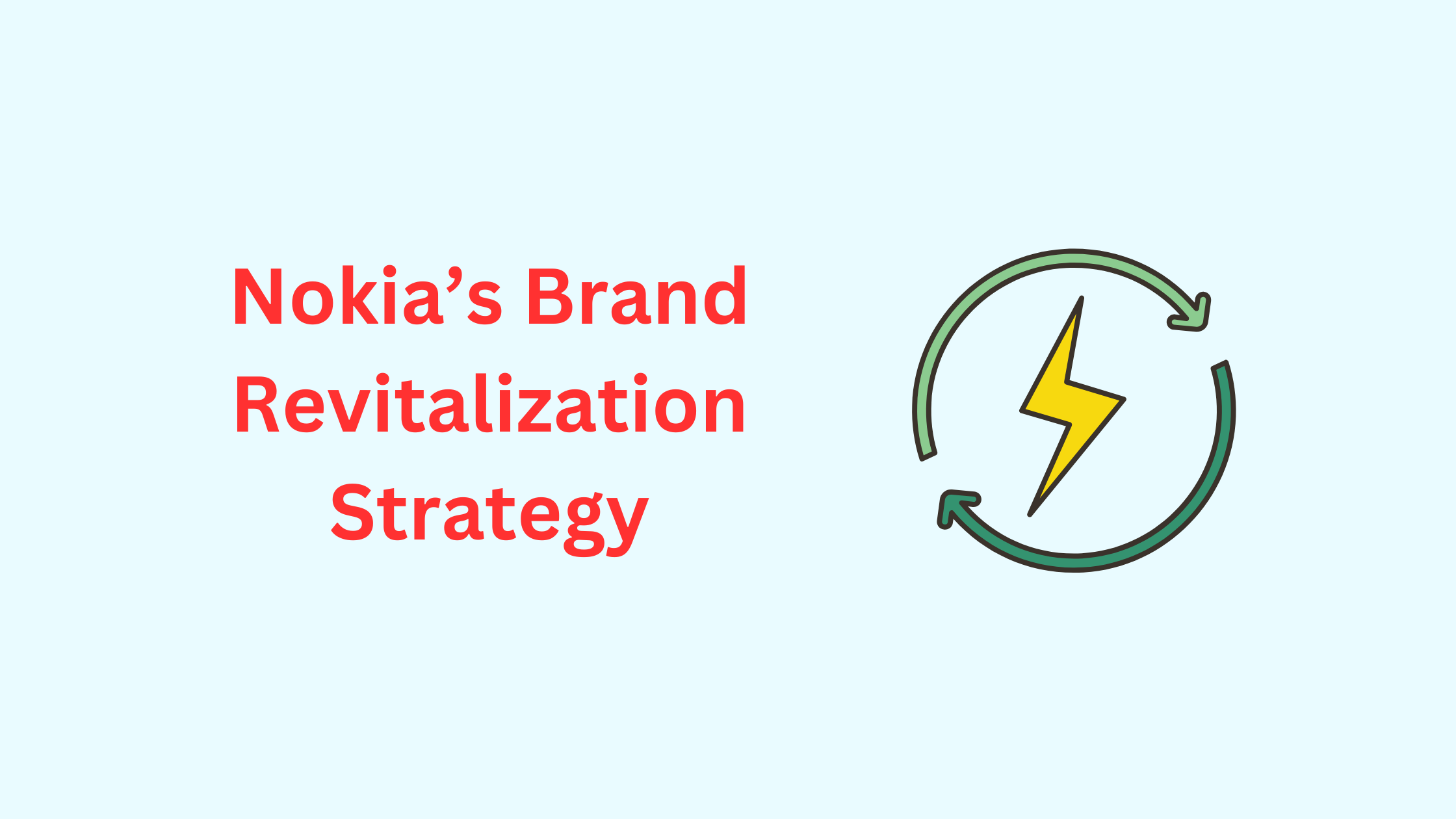
As a marketing strategy consultant and speaker, I couldn’t help but notice the recent buzz surrounding Nokia’s new logo change. Being a long-time fan of Nokia, I was intrigued to learn more about how the company is adapting to the ever-changing tech landscape and reviving its brand appeal.
In this article, I’ll be sharing my thoughts on Nokia’s new logo and the strategic approach behind its brand revitalization efforts.
So let’s dive in!
Nokia is still alive
In the fast-changing world, it’s easy to forget about companies that were once titans of the industry. One such company is Nokia, which was once a leader in the mobile phone market but has since fallen behind rivals such as Apple and Samsung.
However, Nokia is far from dead – in fact, the company has found a new lease of life in the business-to-business (B2B) market.
Nokia’s B2B business includes solutions for networking and industrial digitalization, and the company has invested heavily in developing cutting-edge technologies for businesses. In 2021, Nokia’s B2B business generated revenue of €6.1 billion, accounting for nearly a third of the company’s total revenue for the year.
One area where Nokia has found particular success is in the telecommunications industry. The company’s networking solutions, including its 5G equipment and software, are used by telecommunications companies around the world to build and maintain their networks.
In addition to telecommunications, Nokia’s B2B business includes solutions for industries such as transportation, energy, and public safety. For example, the company’s Internet of Things (IoT) solutions are used to connect and manage devices in everything from smart cities to industrial automation.
Overall, Nokia’s success in the B2B market is a testament to the company’s resilience and adaptability. While it may have missed the smartphone bus, Nokia has found new opportunities in the B2B market, where it leverages its expertise in networking, software, and services to drive growth and profitability.
Back in the news with the brand revitalization.
The Finnish tech giant, is back in the news with its recent logo change and brand revitalization strategy. The company’s CEO, Pekka Lundmark, unveiled the new look, which features a sleeker, more modern design, in a move aimed at reigniting the brand’s appeal among consumers and businesses alike.
The logo, which retains the iconic Nokia name but with a new, contemporary typeface, symbolizes the company’s commitment to innovation and progress. It’s a bold statement from Lundmark, who took over as CEO in August 2020 and has since been working tirelessly to revive Nokia’s fortunes.
While the world may see it as a mere logo change, Mindful Marketing believes that Nokia’s recent rebranding is actually a strategic move towards brand revitalization.
Let’s take a moment to understand what brand revitalization is and why companies use it.
What is Brand revitalization strategy?
Brand revitalization is a marketing strategy that involves repositioning an existing brand to better resonate with its target audience, improve its competitive position, and drive business growth.
It is a strategic effort to revive a brand that may have lost relevance or appeal over time. The purpose behind using brand revitalization is to restore the brand’s health and enhance its overall appeal to customers.
Brand revitalization exercise is like a house renovation – it involves taking a fresh look at the brand, identifying areas of weakness, and making changes to improve its functionality and appeal.
However, just as a house renovation involves more than just cosmetic changes like a fresh coat of paint (in case of companies – a logo change), brand revitalization should involve more than just a superficial refresh of the brand’s image.
To truly revitalize a brand, it is important to carry out internal changes in the structure and culture of the organization. This means rethinking processes and procedures, investing in new technologies and infrastructure, and fostering a culture of innovation and collaboration.
Just as a house renovation may involve updating plumbing or electrical systems, brand revitalization may involve restructuring teams and bring alignment.
6R-s of Brand Revitalization
Larry Light, former CMO of McDonald’s, has outlined six rules for brand revitalization. These rules provide a useful framework for companies seeking to revive their brands and improve their overall appeal to customers.
- Refocus: Bring renewed focus into the new business segment or product.
- Rejuvenate: Restore brand relevance and health.
- Rethink: Reinvent the brand experience.
- Reframe: Reinforce a new culture.
- Rebuild: Rebuild brand trust.
- Realign: Bring organizational alignment.
Back to Nokia’s new logo change
In the case of Nokia, the brand revitalization strategy involves updating the company’s logo and messaging to align with its renewed focus on 5G networking technology. The company has recognized that the mobile phone market has changed significantly since its heyday, and that its traditional strengths in hardware design and manufacturing are no longer enough to compete.
To succeed in this new environment, Nokia has shifted its focus to software and services, investing heavily in developing 5G networking solutions that can power the Internet of Things, autonomous vehicles, and other emerging technologies.
The new logo and brand messaging are designed to communicate this shift in focus and position Nokia as a leader in the 5G space. By updating its image and messaging, Nokia hopes to attract new customers and partners who are looking for innovative solutions to complex technological challenges.
The positive aspect of Nokia’s recent changes is that it appears to be a well-considered brand revitalization strategy, rather than just a superficial logo update.
For a marketing strategist like me, this gives a reason to be optimistic about the future of the company and its brand.




